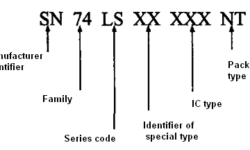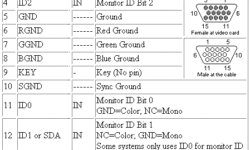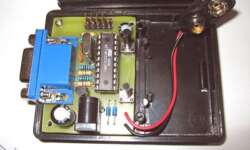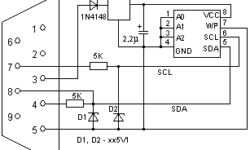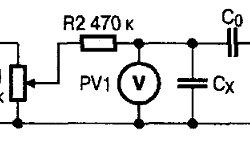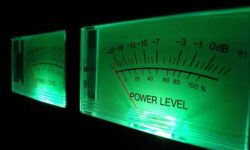PCB construction methods for embedded controllers

The most common method is of constructing embedded controller systems is a Printed Circuit Board (PCB). All electronics know that simple PCB is constructed of insulating material like epoxy impregnated glass cloth with a thin copper sheet(s) on one or both sides. There are many conflicts about requirements on how to design interconnection patterns of PCB. But the main purpose for all is to make PCB reliable, effective and producible. If the circuit operates at a low speed, requirements are not as strict as for high-frequency devices where the parasitic effect cannot be ignored. Each PCB stray has its own resistance, capacitance, and inductance. These are the main effect that distorts the signals.







